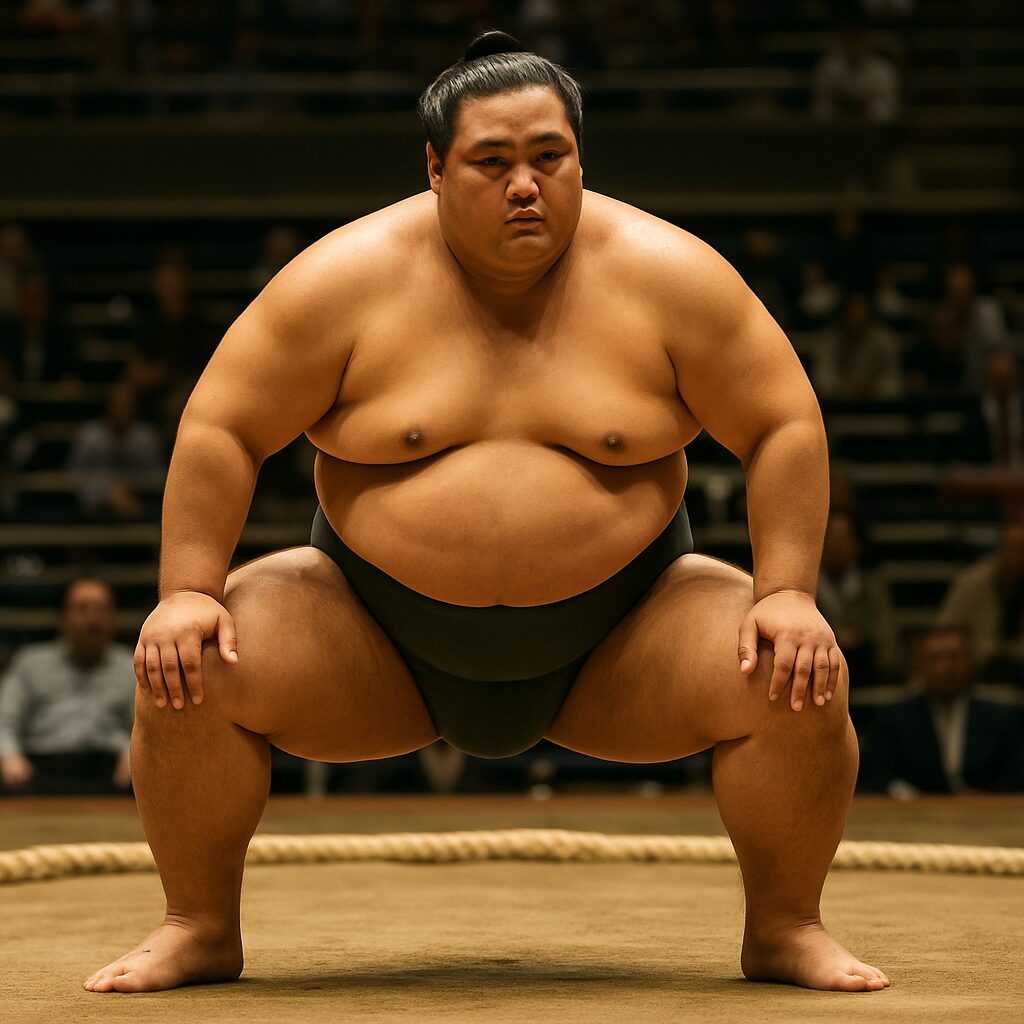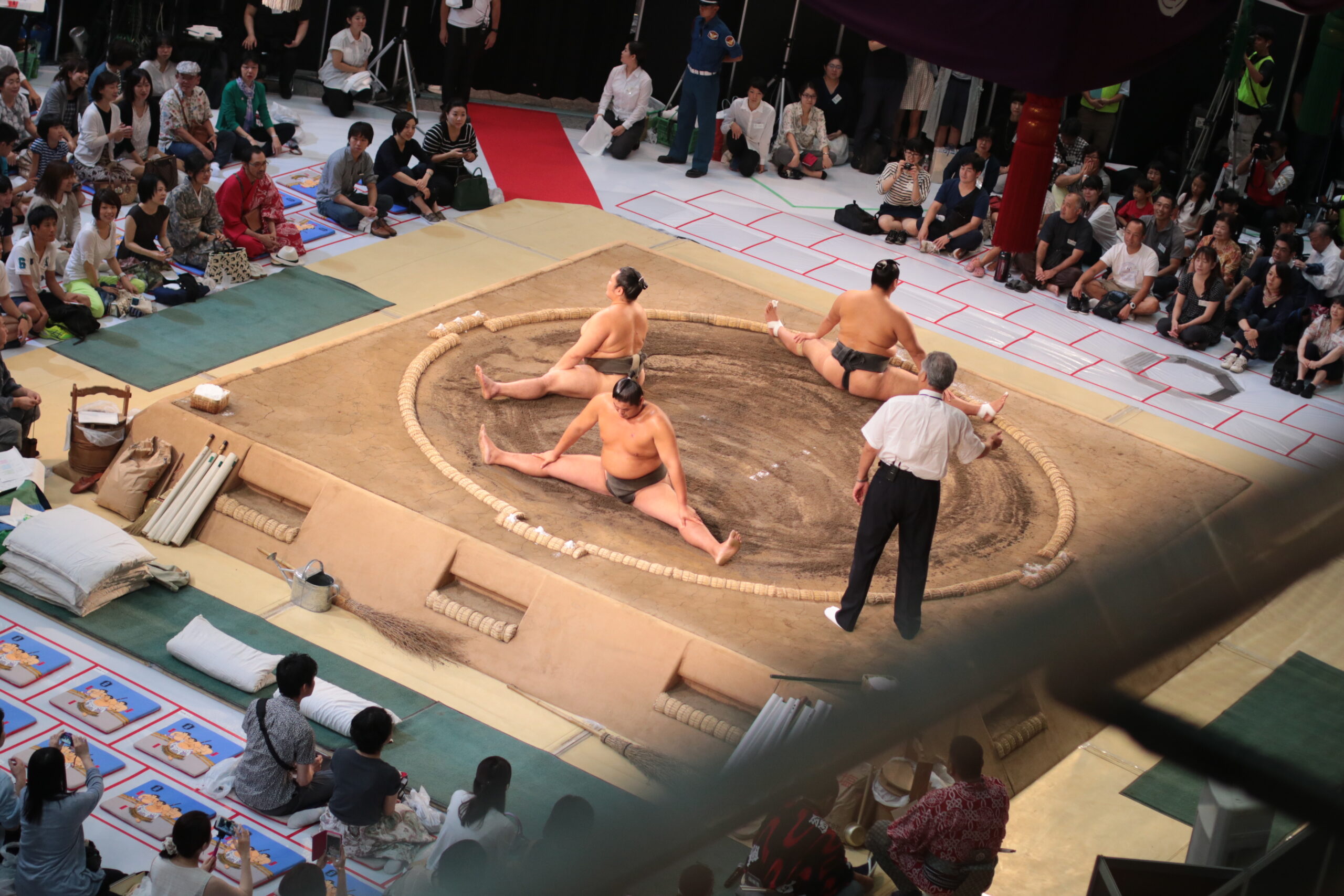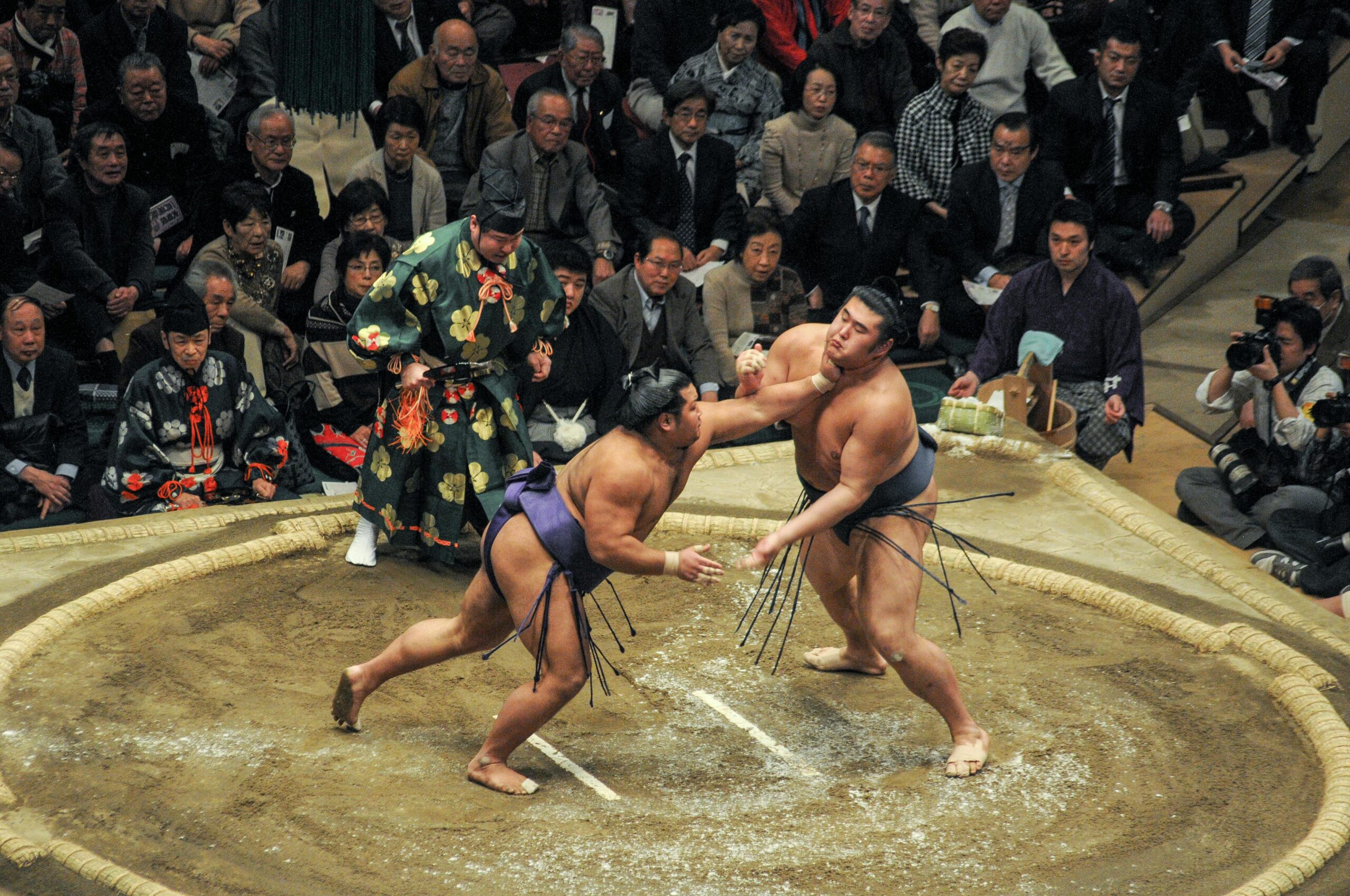Are Sumo Wrestlers Healthy?

Are Sumo Wrestlers Healthy?
It’s a question that often crosses the mind when watching the colossal athletes clash in the dohyō (sumo ring): are sumo wrestlers healthy? With their immense size and unique lifestyle, the answer is complex, balancing incredible strength and rigorous training with the significant health risks associated with maintaining such a massive physique.
The Sumo Paradox: Strength vs. Size
On one hand, professional sumo wrestlers, or rikishi, are athletes of exceptional caliber. Their training, known as keiko, is incredibly intense, involving hours of strenuous practice, including strength training, flexibility exercises, and the famous shiko (a leg-stomping exercise) and teppo (a pushing exercise against a pole). This regime builds incredible functional strength, explosive power, and surprising agility for their size. Their large mass is directly related to their competitive advantage, providing the necessary inertia and base to dominate their opponents.
Many rikishi possess a high degree of cardiovascular fitness, especially in their younger years, despite their weight. The demanding nature of their matches, which are short bursts of explosive effort, combined with their intense training, does push their bodies to be highly functional athletic machines, capable of feats of strength that defy their appearance.
The Price of Mass: Significant Health Risks

The primary health concern for sumo wrestlers stems from the mandatory obesity required for the sport. To maintain their massive weight, rikishi adhere to a highly regimented, calorie-dense diet, often centered around chonko-nabe (a high-protein stew consumed in large quantities). They often skip breakfast to encourage their bodies to absorb more calories and then eat two enormous meals daily, followed by a nap, further contributing to fat accumulation.
This excessive weight gain and the associated lifestyle lead to several serious health issues, particularly in later life:
- Cardiovascular Problems: The immense strain on the heart from carrying such a heavy load is significant. Sumo wrestlers have substantially higher rates of high blood pressure (hypertension), high cholesterol, and an increased risk of serious heart disease, including myocardial infarction (heart attacks) and strokes. The visceral fat accumulated around their organs is metabolically active and particularly damaging.
- Metabolic Disorders: The high-calorie, often fat-rich diet, combined with the sheer amount of adipose tissue, puts them at a much higher risk for developing Type 2 diabetes and metabolic syndrome, a cluster of conditions that increase the risk of heart disease, stroke, and diabetes.
- Joint and Skeletal Issues: The knees, ankles, and hips bear the crushing brunt of their massive weight and the constant impacts of training and competition. This leads to chronic, debilitating arthritis, severe joint pain, and mobility issues that often require surgical intervention after retirement.
- Gout: The rich, high-protein diet, combined with the metabolic stress, often leads to high levels of uric acid, resulting in frequent and painful attacks of gout.
The Issue of Longevity: They Do Not Live Long

Perhaps the most stark and troubling answer to the question, “are sumo wrestlers healthy,” lies in the statistics surrounding their lifespan. The health complications arising from sustained morbid obesity and the extreme lifestyle mean that the average sumo wrestler has a significantly shorter life expectancy compared to the general Japanese male population.
While the average lifespan for Japanese men is over 80 years, for sumo wrestlers, the average is often cited to be around the early to mid-60s. This reduction of 15-20 years is primarily linked to the increased incidence of fatal cardiovascular events, chronic metabolic diseases, and complications from obesity. The very thing that gives them their competitive edge—their size—is the major factor that severely limits their longevity.
Life After the Dohyō
The trajectory of a rikishi‘s health often hinges on their post-retirement habits. The commitment and discipline that made them successful in the ring are crucial here. Many former wrestlers successfully manage to lose a substantial amount of weight once the competitive requirement is lifted. This weight loss is critical for mitigating the long-term health risks accumulated during their careers. Those who successfully transition to a healthier weight and maintain an active lifestyle often see significant improvements in their blood pressure, cholesterol levels, and overall quality of life.
However, the change is difficult and not always successful. Some continue to struggle with weight management and the resulting health issues long after they hang up their mawashi (belt), tragically fulfilling the prediction of a shortened lifespan.
The Verdict on “Are Sumo Wrestlers Healthy”
To summarize the complex picture: are sumo wrestlers healthy?
The definitive answer is no, not in the conventional sense of long-term health and wellness. While they are extraordinary athletes in terms of power, strength, and discipline, the methods required to achieve and maintain their necessary competitive weight are fundamentally detrimental to their bodies, leading to chronic diseases and a significantly reduced lifespan. The sumo career is a powerful demonstration of the human body’s athletic capacity, but it comes at a steep, often life-limiting, personal cost.










